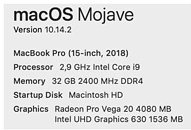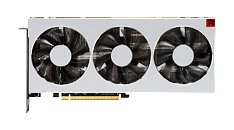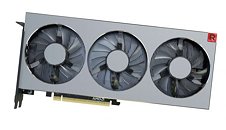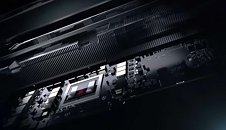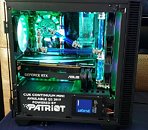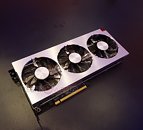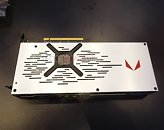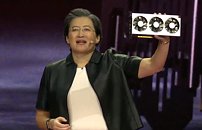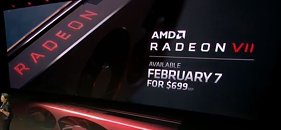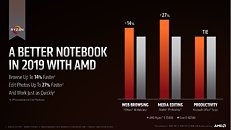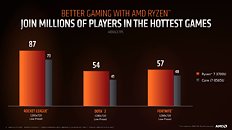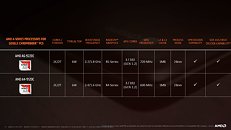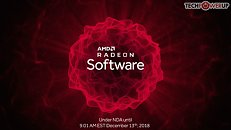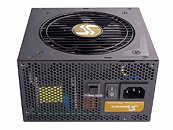
Lenovo Launches New ThinkPad Laptops Based on New AMD Ryzen PRO processors
Lenovo has released a trio of new Windows 10 laptops based on new, 2nd generation AMD Ryzen PRO processors, in their famous ThinkPad form factor. There are two models that are part of the T series of ThinkPads, while one is part of X series. For reminding, the T series is the flagship line that offers the best balance between ruggedness, features, processing power, and portability in a 14 or 15-inch unit, while the X series focuses on portability.
The new ThinkPads use the second generation of AMD Ryzen PRO processors, which are 12nm improvements of the previous 14nm Ryzen Family. They carry the 3000 name branding but are similar to the 2000 series of desktop CPUs.
The new ThinkPads use the second generation of AMD Ryzen PRO processors, which are 12nm improvements of the previous 14nm Ryzen Family. They carry the 3000 name branding but are similar to the 2000 series of desktop CPUs.


























